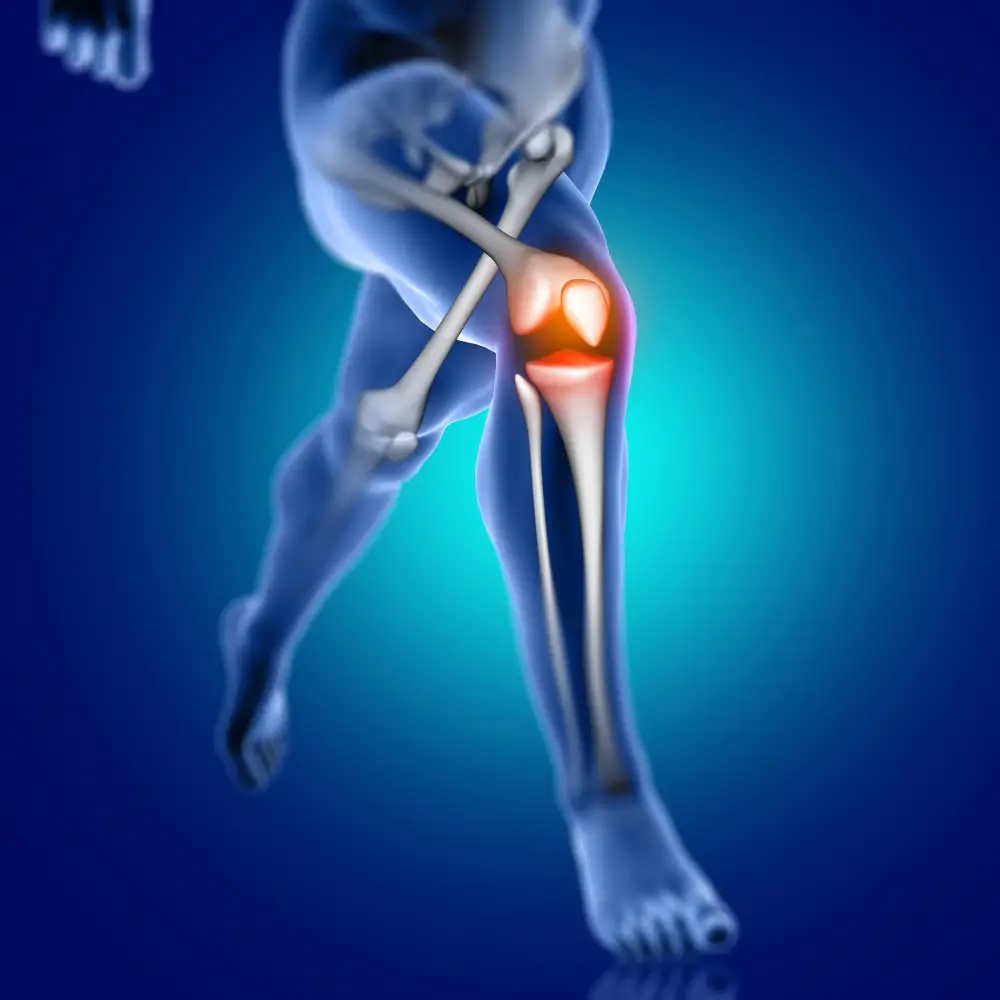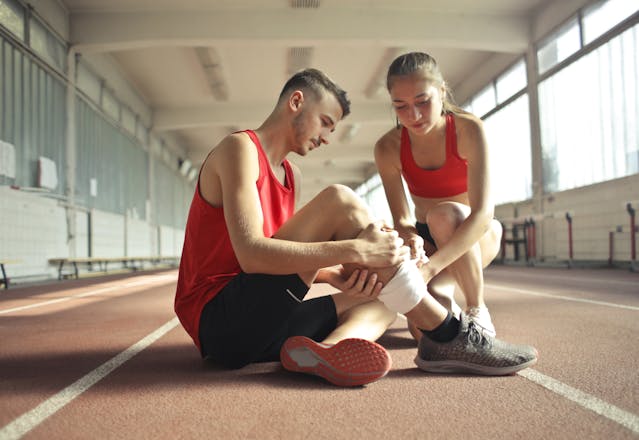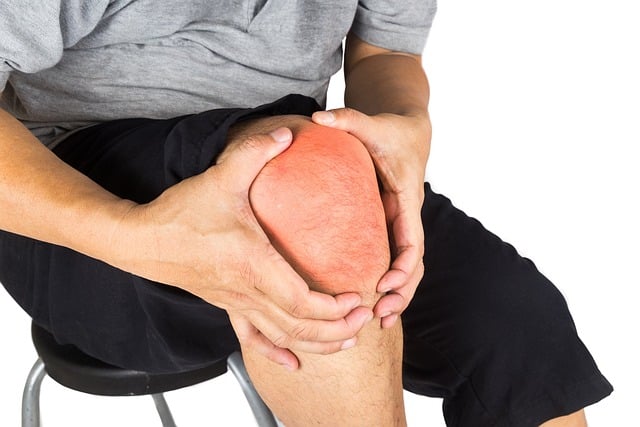Introduction:
Knee pain, a frequently occurring problem in all age groups, seems to be one of the major musculoskeletal disorders. Either whether it is battling a dull pain or a shot sharp pain, your knee pain can affect your performance for the whole day and interrupt you to enjoy your daily activities and be active also. Actually, it is established by the Centers for Disease Control and Prevention (CDC), that nearly 1/4 of adults in U.S. report of them having knee pain most of the time. The current stressful lifestyle has resulted to many painful knee conditions. The next article will scrutinize all the causes, treatments, symptoms, and preventive measures for these painful knee conditions.

Causes for Painful knees:
The joint in the knee can be painful due to distinct reasons like injuries, arthritis, structural issues, or overuse. Being aware of these causes is one of the factors of appropriate diagnosis, and, perhaps, of more effective treatment as well. Here are some of the most common causes of knee pain:Here are some of the most common causes of knee pain:
Arthritis
This type of arthritis shows the signs of affecting one or several joints with swelling, pain and stiffness. Being the Cartilage’s wear and tear over time end result is Osteoarthritis, the most common condition associated with the knee. Besides the common type of arthritis, the one that involves both sides of the knee joints, there exists another type of arthritis that can also cause knee pain. For instance, rheumatoid arthritis and gout can be a source of knee pain.

Injuries
Trauma is the common cause of acute injuries including ACL (anterior cruciate ligament) tears, meniscus tears, and fractures which in turn lead to severe pain and instability in the knee. The causes for this kind of injuries can be found in many sports or activities that involve a traumatic beginning/end/impact or sudden twisting.
Overuse
A trauma to the spine is a possibility from activies which put too much stress on the knees if there’s engage in activities such as running, jumping, or staying in the kneeling position for long durations. These activities carry the risk of conditions like runner’s knee, tendinitis, and bursitis. Such injuries are encountered in most sportspeople and by the hard workers with the physically demanding nature of their work.
Structural problems
Instances like bending knees improperly because of e.g. flat feet or an abnormal bone shape create more stress on the knee joint than normal, so that over time joint wears out with pain or discomfort
Other causes
In a few cases, the knee pain may be associated with some other underlying conditions. It may be due to cysts, infections, or tumors. Although they are not frequent, the investigators would not be smart if they seemed to ignore the cause in the diagnostic process.

Symptoms and Diagnosis:
Knee pain indications may differ depending on the underlying factor but some sitting are pain, stiffness, swelling and having an impact on movement or putting pressure on the affected knee. Sometimes, the pain can be localized to one particular part of the knee but may take the form of a more generalized ache in others.
If your serious knee pain persists, it’s impossible to get an accurate diagnosis on your own. The doctor’s help is unavoidable. Most likely, the first thing your physician will do is conduct a physical examination by checking upon the range of motions, as well as the stability and tenderness, of your knees. They are likely to make these decisions on diagnostic tests and among others they can also use different techniques such as X-ray, CT scan or blood tests to detect the underlying cause of your knee discomfort.
Treatments for Painful Knees
The cause of your knee pain should be singled out and the treatment plan which meets the needs particular of your condition and yours only after this diagnosis. Here are some common treatments for knee pain:Here are some common treatments for knee pain:

Medications
Some commonly used over the counter anti-inflammatory drugs such as ibuprofen or naproxen can effectively diminish the pain, swelling as well as inflammation involved in knee problems. In certain cases, the value of corticosteroid injections may be put forth as an exclusive favor that enables slight relief in addition to the general relief provided by other methods.
Physical therapy and exercises
A physical therapist can make a plan of physical exercises to improve muscles’ strength surrounding your knee and increase flexibility degree to relieve stress on the joint. Path to recovery could also be facilitated by various exercises a person to go through after a surgery or injury.
Surgery
For the cases where less invasive treatment option is not effective or in severe case, surgical treatment might be necessary. The most usual arthroscopic operations for pain in the joints are for the sake of sutures or for the removal of damaged tissues. In the case of advanced arthritis, patients can undergo knee replacement and for realignment of the knee joint, osteotomy may be done.
Alternative therapies
In certain circumstances alternative therapy help our knees, for example, acupuncture, massage, or chiropractic ones are doing that. Yet, it is recommended that you consult with your doctor, and he/she could choose an option which works for you, but will remain safe and efficient enough for your condition.
Self-Management and Lifestyle Changes
Another approach is to change your lifestyle and make it healthier so that not only your knee pain will be relieved but little damage or progression of the disease will also be prevented. Here are some self-management strategies to consider:Here are some self-management strategies to consider:

Weight management
Carrying too much weight extends the pressure on knees factor to the point where they start throbbing more and can even make the recurrence of a similar condition possible. Maintaining the weight within normal limits due to exercise and diet is the most imperative way of protecting your knees.
Low-impact exercises
Such actions such as swimming, cycling and an elliptical machine can provide good forces to the muscles around the knees and reduce excessive stress on the joints.
Using assistive devices
Moreover, walking with the help of crutches, knee braces or other mobility aids tends to spread your weight over a greater area, relieving knee pressure throughout a normal day.
Applying hot and cold therapy
The application of heated or cold pack to the problematic knee assists in reducing both pain and inflammation. Heat can induce blood flow, thus muscle relaxation which can, on the other hand, cold may eliminate swelling and numbing the pain.
Modifying activities
If there are actions or movements that give problem to the knee, a knee pain may affect them. Therefore, they might be modified or be avoided for a time to stop further injury or damage.
Prevention
While not all cases of knee pain can be prevented, there are several steps you can take to reduce your risk of developing painful knee conditions:While not all cases of knee pain can be prevented, there are several steps you can take to reduce your risk of developing painful knee conditions:
Maintain a healthy weight
It becomes heavier to be overweight or obese with a higher progression of injury or arthritis on knees.
Strengthen muscles around the knee
Exercises that focus on the quadriceps, hamstrings, and calf muscles aids in the distributing of the load across the knee joint and supporting and stabilizing the joint, thereby minimizing the risk of injury.
Proper warm-up and cool-down
Prior and ensuing the exercise, move the muscles and joints warm up and cool down to avoid stressing them abruptly and, on the other hand, to facilitate recovery.
Wear proper footwear
Shoes with much of the cushioning and support technologies can distribute your weight evenly and alleviate the effect of the impact to your knees as you walk or run.
Avoid high-impact activities if at risk
If you have a previous knee injury or you are overweight or if you are over 50 years of age, perform low impact movements such as gliding or biking that will help you avoid any knee problems also to help minimize the stress on your knees.

Conclusion
Knee discomfort indeed could be a very irritating and handicapping ailment, however, after digging out the causes, providing help and adopting the self-care measures this pain could be alleviated and mobility recovered. For patients who are soreness of knees in long term, doctor consultation can be the key solution to diagnose the problem and develop a suitable treatment program.
However, the key point here is that knee pain treatment must be scaled up in time to avoid more damage and a comfortable lifestyle. Through knowing the originators, the signs, and the medicine that is used, you can take control on improving your knee health and cut to a better manageable pain level.



